How do display boxes differ from other types of packaging?
Struggling to make your products stand out? Ordinary boxes just blend in. Display boxes grab attention right on the shelf, boosting visibility and making your items pop.
Display boxes are primarily designed for retail presentation, showcasing products directly to consumers. Other packaging types focus more on protection during shipping or basic storage, often lacking that immediate visual marketing appeal and easy access.

Understanding this core difference is vital for effective product marketing. But the world of packaging goes much deeper than just display versus protection. Let's explore the specific roles different boxes play and how they're made. You might find that choosing the right box, and the right way to make it, is more important than you thought.
What is the purpose of a display box?
Are your products getting lost on crowded retail shelves? Do you need better visibility to catch the customer's eye? Display boxes act like mini-billboards, demanding attention and driving impulse buys right at the point of sale.
The main purpose of a display box is to attract customer attention and encourage purchase directly within the retail environment. It presents the product appealingly, making it easy for customers to see, understand, and grab.
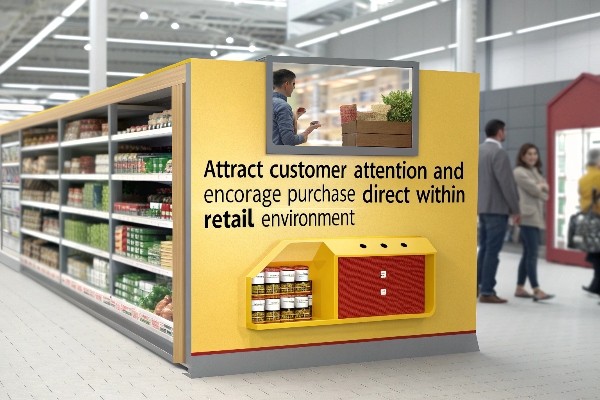
Display boxes are all about maximizing impact where it counts most – the store shelf or counter. They go beyond simply holding the product; they actively sell it.
Maximizing Shelf Presence
Think about walking down a store aisle. What catches your eye? Often, it's packaging that breaks the mold. Display boxes use unique shapes, bright graphics, and clever structures like cut-outs or tiered levels to stand out from standard rectangular boxes. They ensure your product isn't just present, but prominent. Counter Display Units (CDUs), for example, sit right by the checkout, impossible to ignore.
Encouraging Interaction
A key function is making the product accessible. Many display boxes feature open fronts or easy-tear sections. This removes barriers, inviting customers to pick up the product, examine it, and ultimately, put it in their cart. It turns passive browsing into active consideration. The design facilitates that quick decision to buy.
Branding at Point of Sale
Display boxes are prime real estate for branding. They carry your logo, colors, and marketing messages directly to the point of purchase. This reinforces brand identity and communicates value. High-quality display boxes, often made using rigid box construction for a premium feel, need precise manufacturing. At Kylin Machine, our equipment specializes in creating these sturdy, attractive boxes, ensuring they represent your brand perfectly.
What is the definition of display packaging?
Feeling confused by all the different packaging terms? Wondering what 'display packaging' truly means in practice? Simply put, it's packaging specifically designed not just to contain, but to actively showcase your product in a retail setting.
Display packaging refers to any form of packaging engineered to present a product directly to the consumer within a store. Its design prioritizes product visibility, customer accessibility, and promotional messaging, often more than maximum protection.
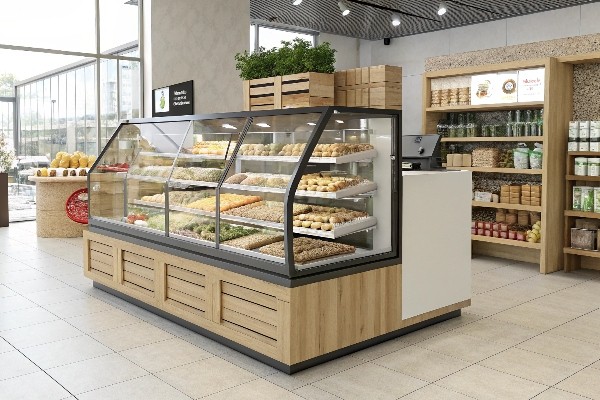
Display packaging bridges the gap between the product itself and the customer's buying decision. It has several defining features that set it apart.
Key Characteristics
Unlike a plain shipping box, display packaging often features open fronts, large windows, or specific cut-outs allowing customers to see the actual product inside. It might include built-in header cards with branding or promotional info. The structure is usually designed for easy setup in the store and easy access for the shopper. Stability for standing on a shelf or counter is also crucial.
Common Materials
While cardboard and corrugated board are very common due to cost-effectiveness and printability, other materials are also used. Clear plastics might be incorporated for windows, or higher-grade paperboards can be used for a more premium feel, especially for cosmetics or electronics. The material choice affects both the look and the structural integrity needed for display.
Display Packaging Formats
Several common formats fall under this definition. Counter Display Units (CDUs) are small displays for checkout areas. Floor Standing Display Units (FSDUs) are larger, standalone structures. Shelf-Ready Packaging (SRP) refers to transit cases that easily convert into shelf displays. Producing these often requires specialized converting processes. For creating robust and visually appealing display packaging, especially those using rigid box styles, advanced machinery like the systems we provide at Kylin Machine is essential. Our technology enables complex structures and high-quality finishes needed for effective retail presentation.
What are boxes used for in packaging?
Do you think boxes are just simple containers for shipping items from A to B? They actually do much more! Boxes play vital roles in protection, organization, providing information, and even shaping the customer's brand experience.
Boxes serve multiple essential functions in the packaging world. Primarily, they protect contents during handling, transit, and storage. They also organize items, provide surfaces for critical branding and information, and influence how customers perceive the product inside.
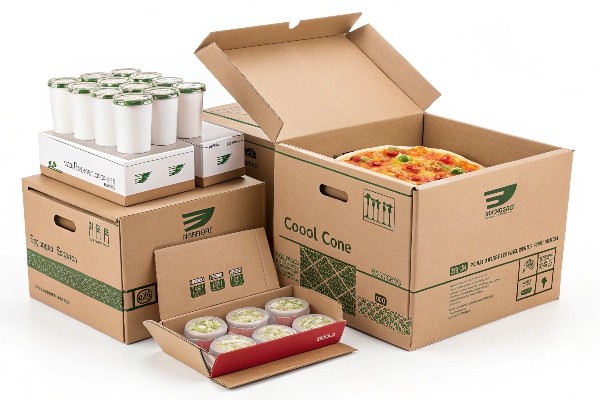
While display boxes focus on point-of-sale appeal, the broader category of boxes fulfills fundamental needs throughout the product journey. Let's break down these core functions.
Protection and Containment
This is the most basic role. Boxes shield products from physical impacts, compression, moisture, dust, and other environmental factors. They keep items contained, preventing loss or damage. The level of protection needed dictates the box material and design, from a simple folding carton for a light item to a heavy-duty corrugated box for shipping fragile goods.
Handling and Logistics
Boxes provide standardized shapes that are easy to handle, stack, store, and transport. Imagine trying to ship thousands of irregularly shaped items without boxes – it would be chaotic and inefficient! Their regular forms optimize space in warehouses and trucks, streamlining the entire supply chain. This efficiency is key for businesses managing inventory and distribution.
Information and Branding
Boxes offer surfaces for printing vital information. This includes product identification, usage instructions, barcodes, regulatory symbols, and shipping labels. Just as importantly, they carry branding elements like logos, colors, and marketing messages. Even a basic shipping box contributes to brand recognition. For primary product boxes, this branding role is even more critical. Producing consistently high-quality boxes, whether for shipping or retail, requires reliable machinery. Our equipment at Kylin Machine ensures precise cutting, folding, and forming, creating durable boxes that reliably perform all these functions.
How many types of packaging boxes are there?
Feeling overwhelmed by the sheer variety of box options available? Unsure which specific type best suits your product and purpose? Understanding the main categories can simplify your decision-making and ensure your product is packaged effectively and efficiently.
While there isn't a single definitive number, packaging boxes are generally grouped into broad categories based on their material, structure, and intended use. Key types include folding cartons, rigid boxes, corrugated boxes, and various specialized display boxes.
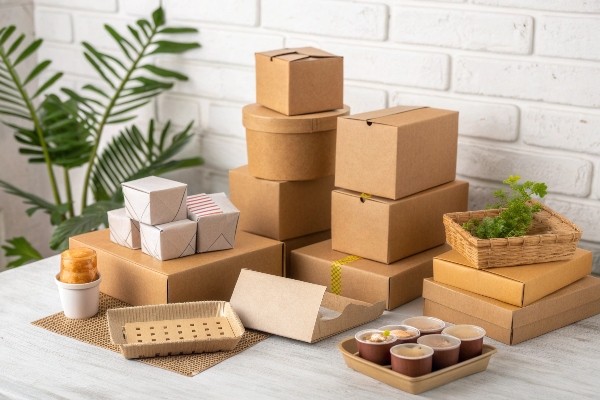
Navigating the world of boxes becomes easier when you recognize these fundamental categories. Each type has distinct characteristics suitable for different applications.
Material-Based Categories
The material is a primary differentiator. Common examples include paperboard (used for folding cartons and rigid boxes), corrugated fiberboard (used for shipping boxes and some displays), and occasionally plastic or wood for specialized cases. The material dictates strength, printability, cost, and environmental impact.
Structure-Based Categories
How a box is constructed is another key factor. Folding cartons ship flat and are assembled by the user. Rigid boxes are pre-formed, sturdy, and don't collapse, offering a premium feel. Corrugated boxes have a fluted layer providing cushioning and strength. Collapsible boxes offer rigidity when assembled but can fold down for storage.
Purpose-Driven Categories
Boxes are often categorized by their main job. Shipping boxes prioritize protection and logistics. Retail boxes focus on protecting the product on the shelf while carrying branding. Display boxes, as we've discussed, prioritize visibility and promotion.
Here’s a table summarizing some common types:
| Box Type | Material | Structure | Primary Use | Kylin Machine Relevance |
|---|---|---|---|---|
| Folding Cartons | Paperboard | Folds flat, user-assembled | Retail products (e.g., cereal) | (Less direct focus for Kylin's specialized machinery) |
| Corrugated Boxes | Fluted paper | Strong, layered structure | Shipping, bulk handling, some display | (Less direct focus for Kylin's specialized machinery) |
| Rigid Boxes | Thick paperboard | Non-collapsible, sturdy | Luxury goods, gifts, display | Core focus - Requires our specialized machines |
| Display Boxes | Various (often board) | Designed for visibility/access | Retail presentation | Often involves rigid or complex constructions |
| Collapsible Boxes | Various (often board) | Rigid when assembled, folds | Space-saving premium packaging | Kylin produces relevant manufacturing machinery |
At Kylin Machine, we specialize in machinery for producing high-quality rigid boxes and innovative collapsible rigid boxes. These types are often chosen for premium products and effective displays precisely because of the superior finish and structural integrity our machines provide, like our advanced Robotic Spotter and Hybrid systems.
Conclusion
In short, display boxes focus on grabbing attention and selling in stores. Other packaging types mainly protect goods during shipping and storage. Knowing the box types helps you choose smartly, especially when quality presentation is vital – that's where specialized machinery like ours becomes essential.


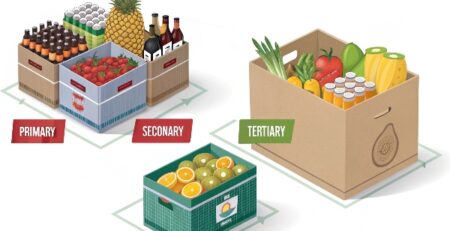


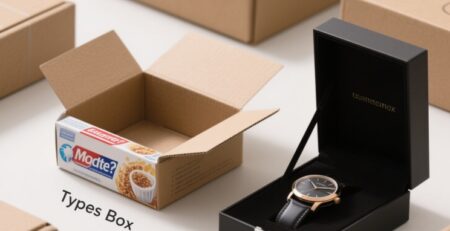

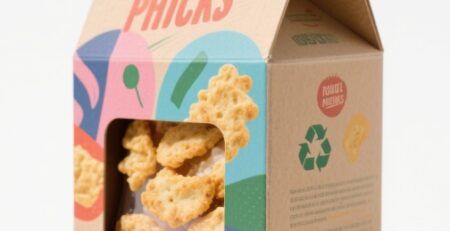
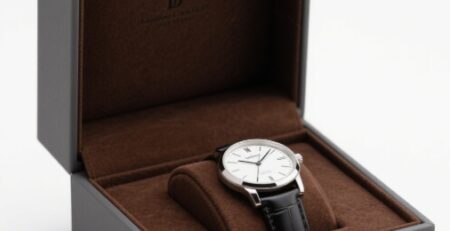
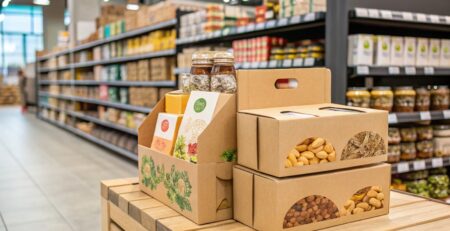

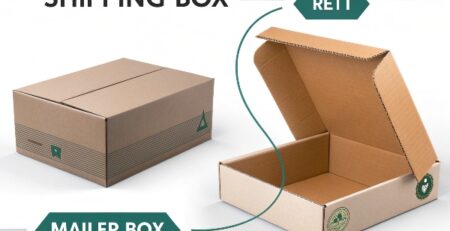
发表回复